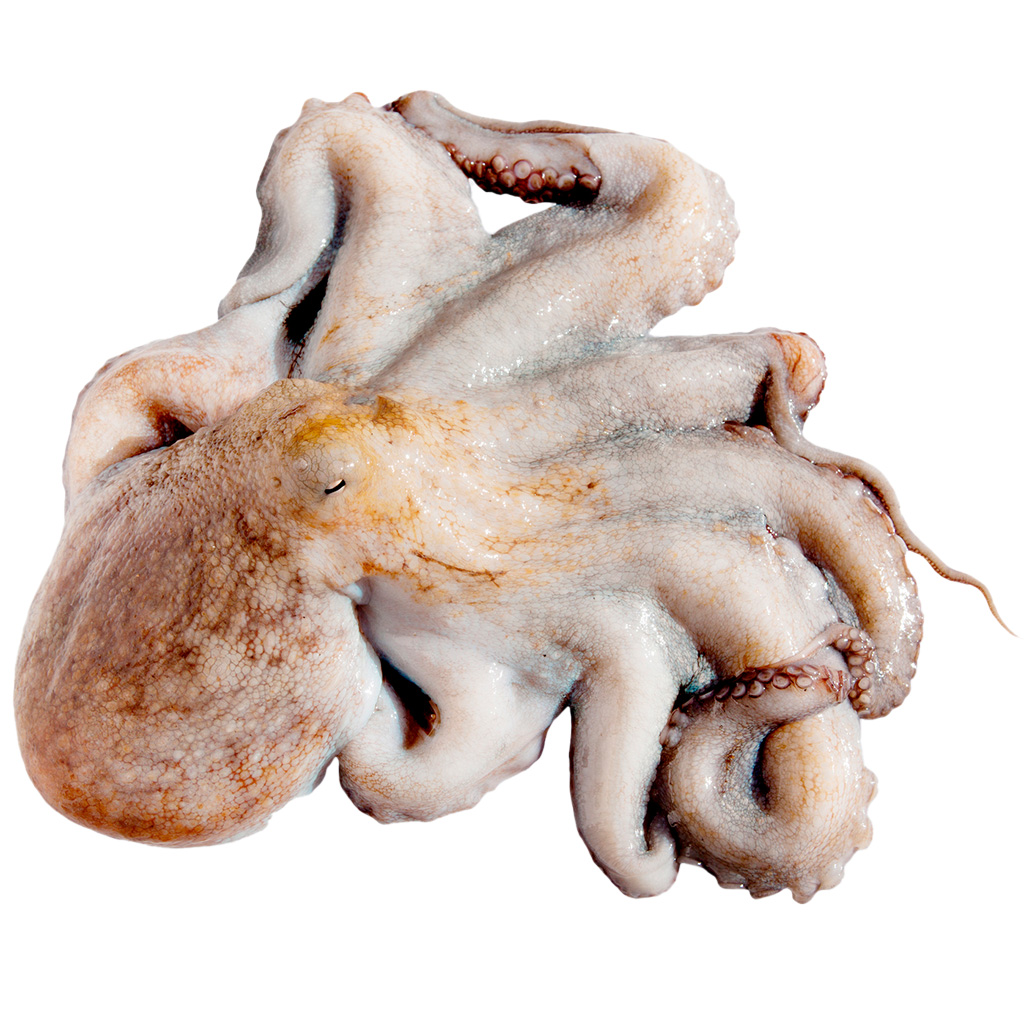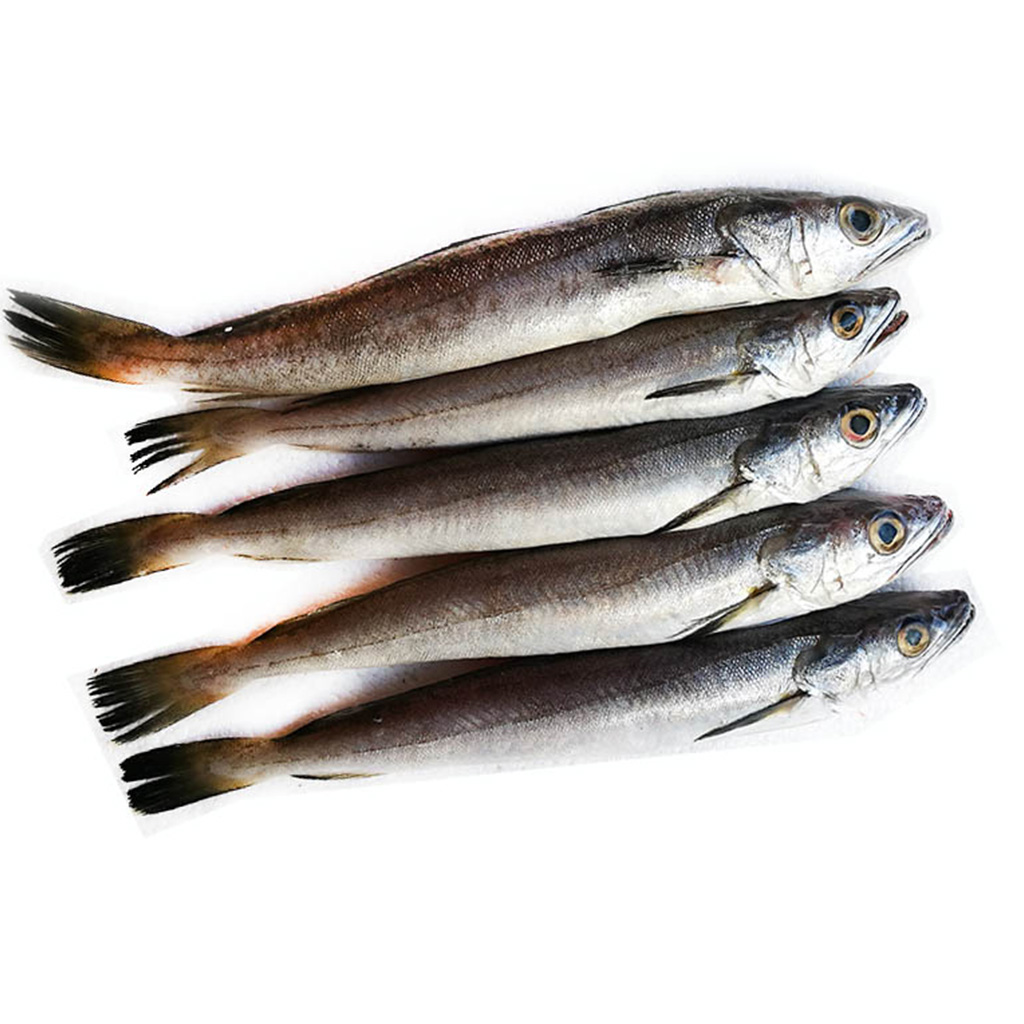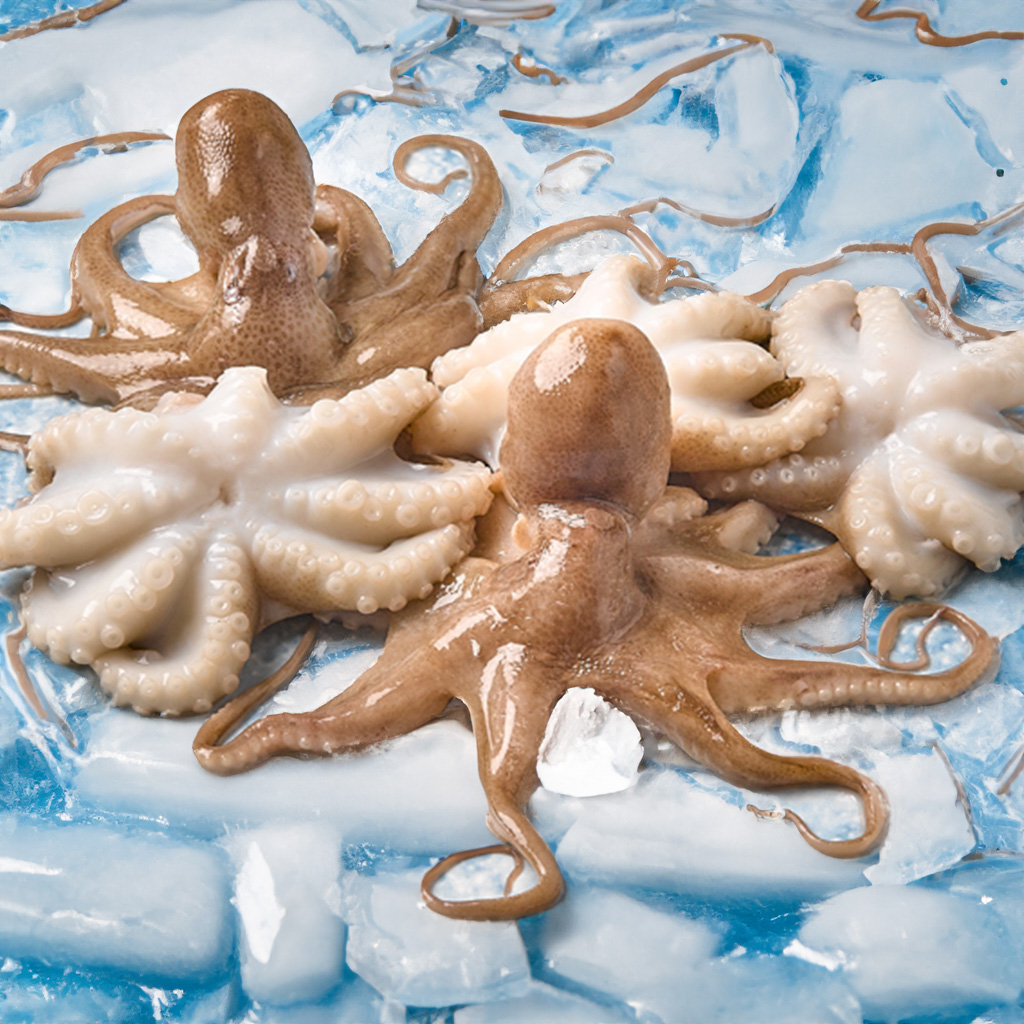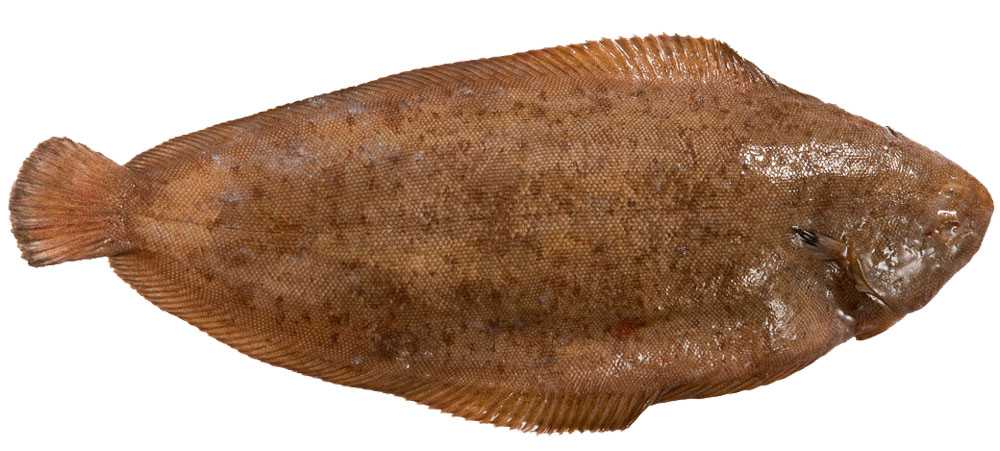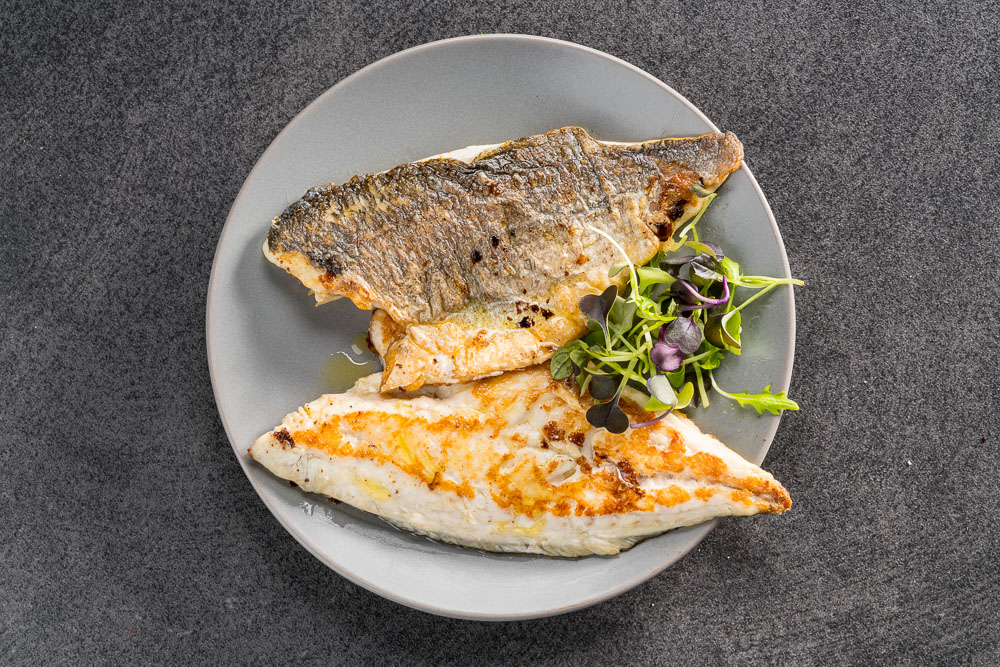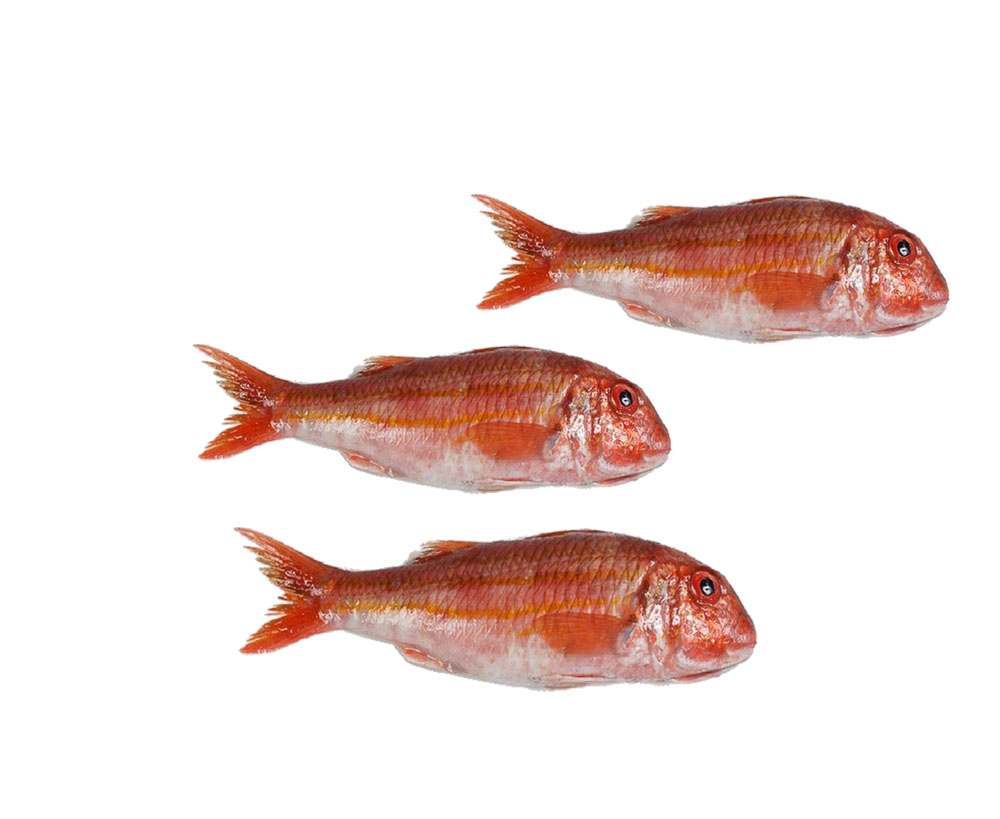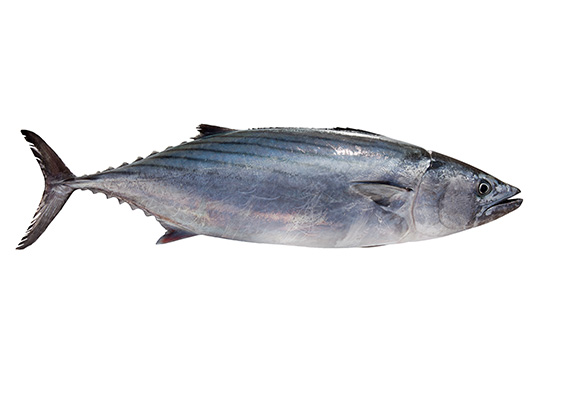Everything You Need to Know About This Fascinating Cephalopod and How to Add It to Your Diet with Frigorífics Ferre
The common octopus(Octopus vulgaris) is one of the most fascinating and appreciated cephalopod mollusks in gastronomy. This marine animal, belonging to the Octopodiae family, stands out for its robust and muscular body, accompanied by eight long tentacles equipped with rows of suction cups that allow it to capture its prey with precision. Its complex nervous system and ability to learn through trial and error make it one of the most intelligent animals in the ocean.
Habitat and distribution
The octopus inhabits rocky bottoms with crevices and stones, from coastal waters to depths of 100 meters. Its distribution covers the Mediterranean Sea, the Atlantic (up to the English Channel) and the Pacific. This cephalopod, with a solitary and sedentary behavior, becomes more active during the breeding season, which occurs at the end of winter.
The most common fishing techniques used to catch octopus include pots, artisanal gear, hooks and methods such as bottom trawling. Although octopus is available in the market all year round, the months of September to April are ideal to enjoy it, since this is when it presents the best organoleptic characteristics.
Nutritional benefits of octopus
Octopus is a low-fat food, with only 1 g of lipids per 100 g, which makes it a perfect choice for low-calorie diets. It also stands out for its high concentration of quality proteins and its low cholesterol content.
Among the most important minerals is selenium, since one serving of octopus covers 100% of the recommended daily intake of this mineral, which acts as an antioxidant in the body. It is also rich in iodine, phosphorus, calcium and sodium, as well as zinc, iron and magnesium. As for vitamins, vitamin B12 stands out, which contributes to the proper functioning of the nervous system, along with niacin and vitamin B6.
Frigorífics Ferrer: Your reliable partner to enjoy the best octopus
At Frigorífics Ferrer, we have years of experience in the distribution of high quality octopus. Our commitment is to offer fresh products, carefully selected to satisfy the needs of the most demanding customers. If you are looking for a reliable supplier to enjoy the best octopus on the market, trust us, discover the difference with Frigorífics Ferrer and bring the excellence of the sea directly to your table!
Everything You Need to Know About This Fascinating Cephalopod and How to Add It to Your Diet with Frigorífics Ferre
The common octopus(Octopus vulgaris) is one of the most fascinating and appreciated cephalopod mollusks in gastronomy. This marine animal, belonging to the Octopodiae family, stands out for its robust and muscular body, accompanied by eight long tentacles equipped with rows of suction cups that allow it to capture its prey with precision. Its complex nervous system and ability to learn through trial and error make it one of the most intelligent animals in the ocean.
Habitat and distribution
The octopus inhabits rocky bottoms with crevices and stones, from coastal waters to depths of 100 meters. Its distribution covers the Mediterranean Sea, the Atlantic (up to the English Channel) and the Pacific. This cephalopod, with a solitary and sedentary behavior, becomes more active during the breeding season, which occurs at the end of winter.
The most common fishing techniques used to catch octopus include pots, artisanal gear, hooks and methods such as bottom trawling. Although octopus is available in the market all year round, the months of September to April are ideal to enjoy it, since this is when it presents the best organoleptic characteristics.
Nutritional benefits of octopus
Octopus is a low-fat food, with only 1 g of lipids per 100 g, which makes it a perfect choice for low-calorie diets. It also stands out for its high concentration of quality proteins and its low cholesterol content.
Among the most important minerals is selenium, since one serving of octopus covers 100% of the recommended daily intake of this mineral, which acts as an antioxidant in the body. It is also rich in iodine, phosphorus, calcium and sodium, as well as zinc, iron and magnesium. As for vitamins, vitamin B12 stands out, which contributes to the proper functioning of the nervous system, along with niacin and vitamin B6.
Frigorífics Ferrer: Your reliable partner to enjoy the best octopus
At Frigorífics Ferrer, we have years of experience in the distribution of high quality octopus. Our commitment is to offer fresh products, carefully selected to satisfy the needs of the most demanding customers. If you are looking for a reliable supplier to enjoy the best octopus on the market, trust us, discover the difference with Frigorífics Ferrer and bring the excellence of the sea directly to your table!

